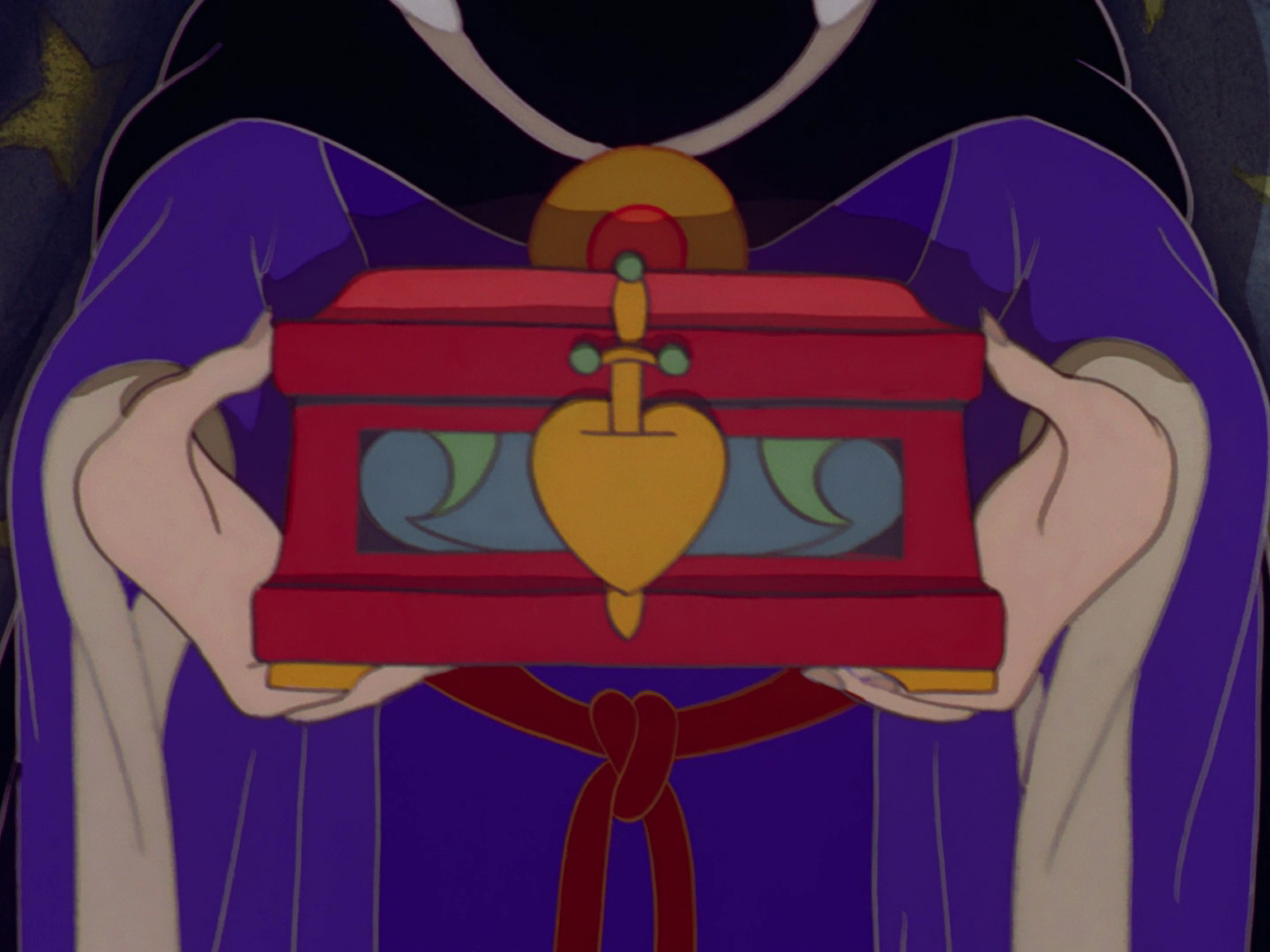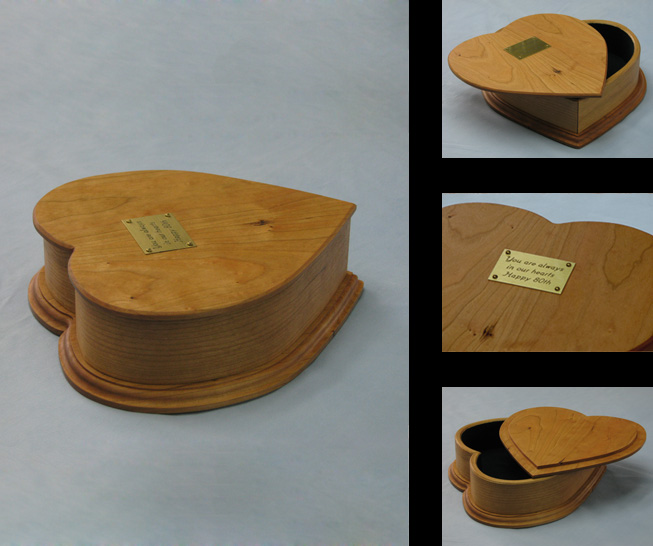

Transplant of perfused hearts allows use of DCD organs that previously would not have been used.

The surgeons indicate that use of DCD organs through a heart perfusion device also presents opportunities for earlier transplantation in the most ill patients by reducing competition for hearts through the larger donor pool.

The heart perfusion system not only helps shorten the heart transplant waitlist by increasing the donor pool but also translates to better outcomes and fewer patient deaths while awaiting a heart, according to the Mayo Clinic transplant surgeons. Enables use of older hearts and hearts that previously would have been unusable.Allows a heart to travel distances - even by air - up to 1,000 miles or six hours.Beyond increasing organ availability by facilitating DCD heart donations, the perfusion system offers the following advantages: However, DCD hearts have stopped and need to be revived and evaluated before they can be used for transplant. In most heart donors who meet brain death criteria, the heart is still beating and working well. The transplant team must resuscitate the heart until it meets strict transplant criteria.

Mayo Clinic in Arizona heart transplant specialists say the heart-in-a-box perfusion system analyzes the heart's hemodynamic parameters, monitoring every 15 to 30 minutes as if it were a patient in the ICU. The system's measurements also give transplant professionals an opportunity to confirm the heart's function before accepting it for transplant. When transplant specialists place a retrieved donor organ in the heart-in-a-box machine, it perfuses the organ with warm, oxygenated blood, reviving the heart from nonbeating to beating status. In addition, the heart-in-a-box has the potential to widen the donor pool by supporting the novel use of donation after circulatory death (DCD) hearts by reviving and supporting the recovery of nonbeating hearts. However, the new system preserves a heart while it is beating, extending the time between retrieval and transplant by several hours. The standard heart preservation technique preserves a heart for a window of approximately 3 to 5 hours. New perfusion system preserves a heart while it is beating, extending the time between retrieval and transplant by several hours.


 0 kommentar(er)
0 kommentar(er)
